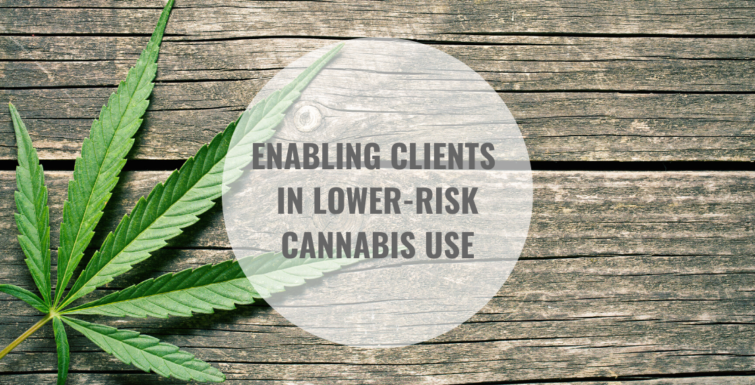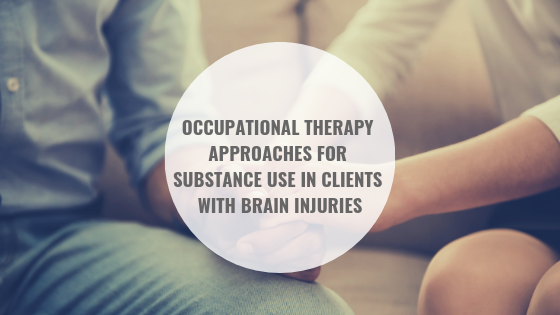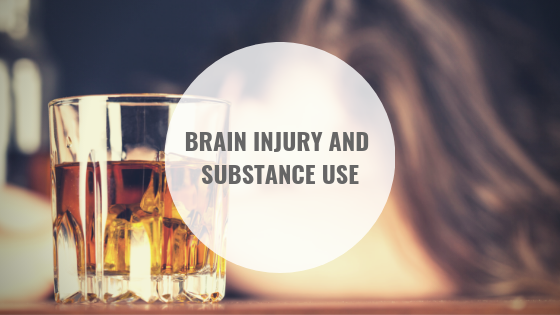Julie Entwistle, MBA, BHSc (OT), BSc (Health / Gerontology)
Co-written by Kyra Posterski, MSc (OT) Candidate 2019 at McMaster University
In October of 2018, the Government of Ontario legalized cannabis in an effort to keep cannabis out of the hands of youth, keep profits out of the hands of criminals, and protect the public health and safety by allowing adults access to legal cannabis.
The number of Canadians who report using cannabis has increased since legalization. However, cannabis use is not without both short and long-term risks. These risks include cognitive and psychomotor impairments, hallucinations, impaired driving, and dependency, as well as mental health, pulmonary/bronchial, and reproductive problems. One advantage of legalization is that it allows for a more open discussion of risk behaviours, and the steps that can be taken to reduce these.
Given that cannabis is being increasingly used by Canadians, it is likely that OT’s will continue to encounter clients that use this regularly as part of our practice. Knowing the actions that client’s can take to reduce their risk when using cannabis is thus important for clinicians to realize and understand. The Lower-Risk Cannabis Use Guidelines has been developed as an evidence-based tool that offers recommendations for users of cannabis products to reduce risks and improve their health. Using these guidelines, occupational therapists are well-positioned to educate clients on the actions they can take to reduce their risk, enabling clients to engage in lower-risk cannabis use behaviours. These conversations are especially important for occupational therapists working with clients that are at an increased risk, such as adolescents, pregnant women and people with a family history of psychosis or substance use disorder.
These guidelines present 10 major recommendations for lower-risk use:
# 1 ABSTINANCE. As with any risky behaviour, the most effective way to reduce risk is avoiding the behaviour.
# 2 START LATER. Using cannabis at a young age (i.e. before age 16) increases the risks for adverse health and social outcomes. It is recommended that usage not start until at LEAST the legal age.
# 3 and 4 PRODUCT CHOICES. It is recommended to use cannabis products with a low tetrahydrocannabinol (THC) content and to avoid using those with synthetic cannabinoids.
# 5 and 6 METHODS AND PRACTICES. Smoking combusted cannabis negatively affects respiratory health; therefore alternative, lower-risk methods, are recommended (e.g. vaporizers or edibles). Practices such as “deep-inhalation” or breath-holding should also be avoided since these practices increase the intake of toxic materials.
# 7 LIMIT USE TO OCCASIONAL (e.g. once a week). More frequent or intense cannabis use is associated with a number of health problems.
# 8 DON’T DRIVE. It is suggested that people refrain from operating a motorized vehicle for at least six hours or longer after using cannabis. Cannabis impairs skills that are critical for driving (e.g. attention) and driving while impaired from cannabis increases the risk of being involved in a motor vehicle accident.
# 9 CONSIDER YOUR UNIQUE SITUATION. Some populations who are at a higher risk for cannabis-related health problems should abstain from using cannabis altogether. This includes pregnant women and people with a family history of psychosis or substance use disorder.
# 10 DON’T COMBINE. Avoid combining cannabis use with other higher-risk behaviours—like those described already, as this may further amplify risks.
For more information about this topic, OT’s are encouraged to access the references below or to encourage clients to contact their treating physician for more information about safe use.
References
Centre for Addictions and Mental Health. (2017). Canada’s lower-risk cannabis use guidelines: https://www.camh.ca/-/media/files/lrcug_professional-pdf
Fischer, B., Russell, C., Sabioni, P., Van Den Brink, W., Le Foll, B., Hall, W., … & Room, R. (2017). Lower-risk cannabis use guidelines: A comprehensive update of evidence and recommendations. American Journal of Public Health, 107(8), e1-e12.
Government of Canada. (2019). Cannabis act [PDF file]. Retrieved from https://laws-lois.justice.gc.ca/PDF/C-24.5.pdf
Statistics Canada. (2019, May 2). National cannabis survey, first quarter 2019. https://www150.statcan.gc.ca/n1/daily-quotidien/190502/dq190502a-eng.htm






